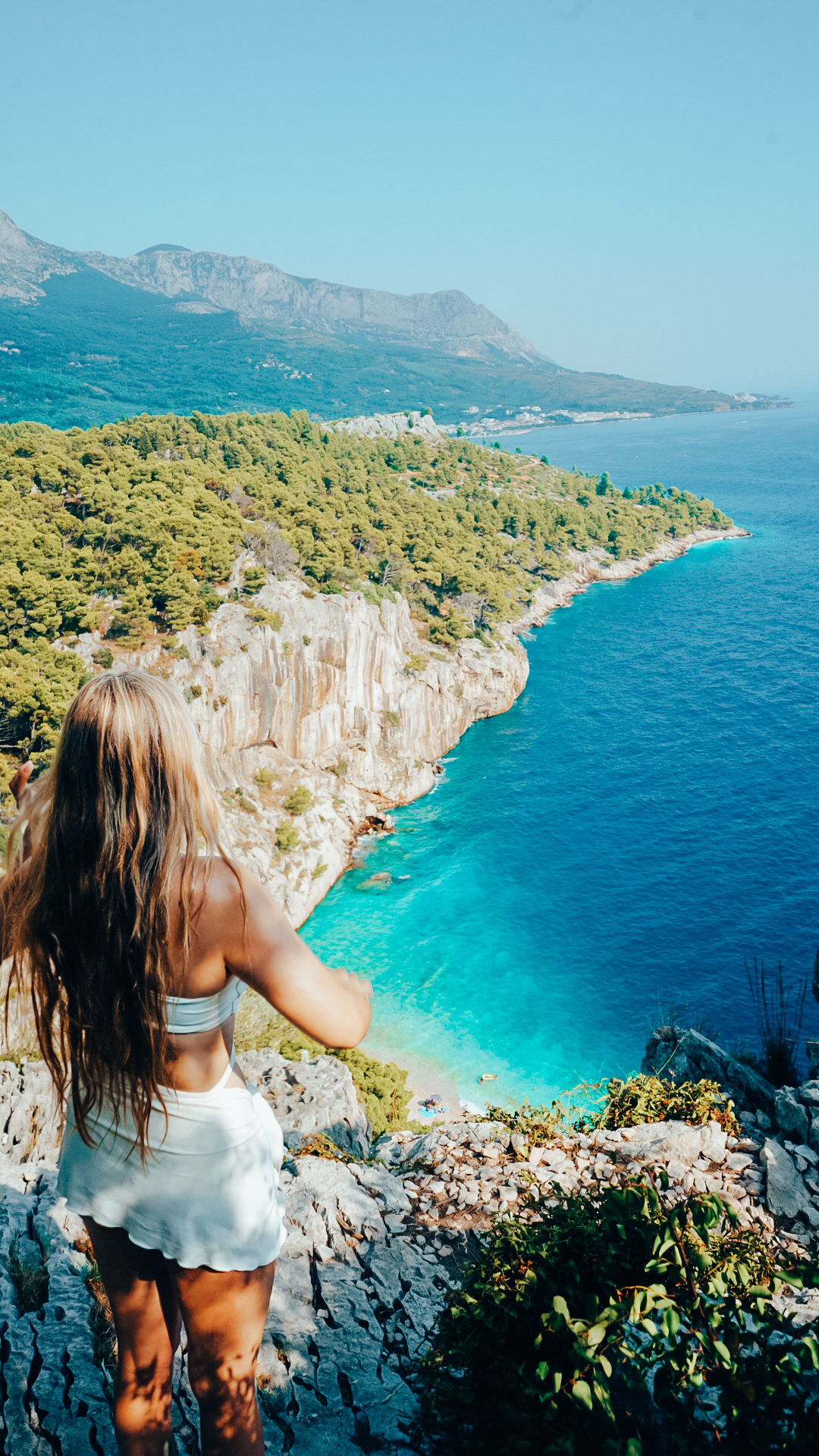
Croatia boasts beautiful coastlines, stunning lakes and forests, a rich history, fantastic wine, and delectable sea-to-table cuisine. Whether you’re seeking the ultimate boat getaway, a food and wine escape, or an adventure in the great outdoors, there is a lot of variety.
I’ve visited Croatia twice, each time delving deeper into its unique culture and breathtaking landscapes. Highlights include exploring the stunning Krka National Park and Plitvice Lakes, and renting a boat on Hvar Island. Every year, the Ultra Europe festival in Split attracts music lovers from around the world.
While the popular southern region, including Dubrovnik—famous for its Game of Thrones fame—and Split, draw many visitors, don’t miss the Istria region in the northwest. Istria is a paradise for truffle enthusiasts, offering a rich blend of Italian and Slavic heritages, mountainous landscapes, and extensive Winelands. Additionally, on your way to Dubrovnik, make sure to stop by the charming town of Ston, renowned for its delicious oysters.
Croatia truly offers something for everyone, making it a destination you’ll want to return to again and again.



From October to April, Croatia experiences its low season. During this time, prices for flights and accommodations are significantly lower, making it an ideal period for budget travelers. I spent a long weekend in Croatia in May a few years ago and enjoyed beautiful weather with relatively few tourists. The atmosphere was still lively enough for those seeking some party vibes.
It’s important to note that much of the Adriatic coast and islands shut down during these off-peak months. You’ll encounter empty resorts and deserted beaches. Instead, consider exploring popular inland destinations like Dubrovnik and Zagreb. However, when I visited in May, Hvar Island still had open restaurants and bars, offering some of the most fun parties I’ve ever experienced.
The high season in Croatia runs from June to August, similar to other European destinations. This is when the weather is at its finest, with picture-perfect skies and long, relaxing days at the beach. However, be prepared for larger crowds during this peak period.
Language: The primary language spoken in Croatia is Croatian, but English is widely understood and spoken, especially in tourist areas. Depending on the region, you may also hear locals speaking German and Italian.
Currency: Croatia has recently adopted the Euro as its official currency. Keep this in mind when planning your trip to ensure you have the appropriate currency on hand.
Credit Cards and ATMs: ATMs are reliable and available in all major cities and most small towns. However, fees for foreign cards can be high, so it’s wise to use a card that doesn’t charge for international withdrawals. Visa, Maestro, Diners Club, and Cirrus/Mastercard are the most commonly accepted credit cards in the country.
Plugs: Croatia uses Type C and F plugs. The standard voltage is 230 V, and the standard frequency is 50 Hz. It’s recommended to bring a universal adapter with surge protection and a converter for high-power devices like hairdryers and hot tools.
Safety: Croatia is one of the safest countries in Europe, especially for solo female travelers. The overall crime rate is low, and violent crime is rare. However, it’s important to stay vigilant for pickpockets, particularly in crowded tourist spots like Dubrovnik.


Get inspired! Receive travel discounts, tips and behind the scenes stories.
© Sofi Escapes – Website designed & built with ♥ by me – Privacy – Sitemap – Do Not Sell My Personal Information
We use cookies to ensure you get the best experience on our website.
OK